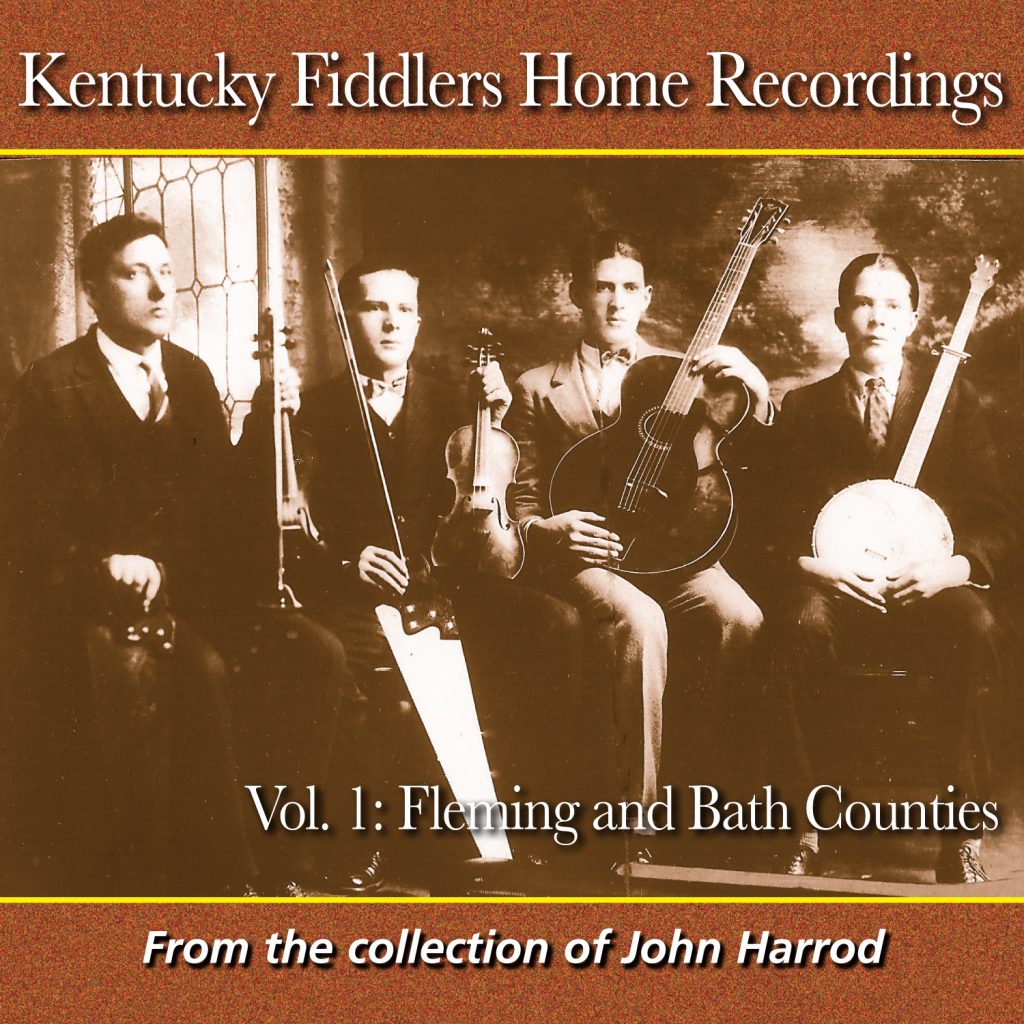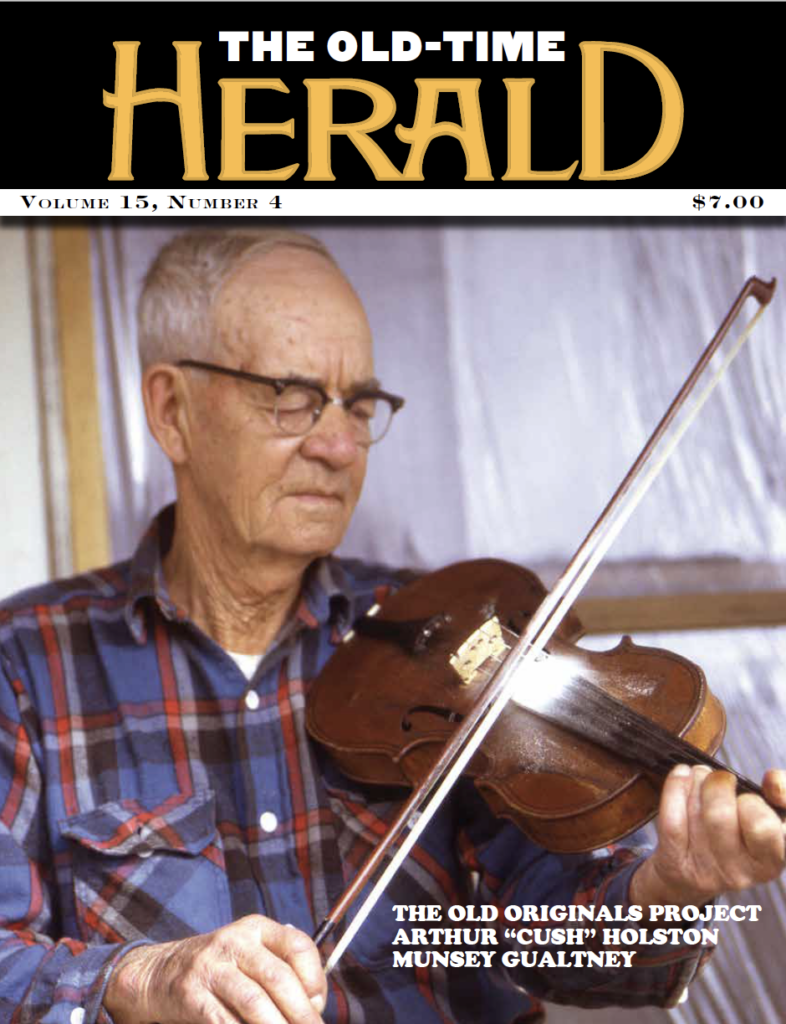
It has been nearly a quarter-century since Rounder’s Traditional Fiddle Tunes of Kentucky: Up the Ohio and Licking Rivers was released, featuring field recordings made between 1972 and 1995. For most of us, this was the first time we heard the music of Alfred Bailey and George Lee Hawkins. The liner notes mention older fiddlers from whom some of the tunes were learned – Tom Riley, Carlton Rawlings, and others – but as far as most people knew, there were no other recordings of these fiddlers, all from Fleming and Bath County. Jeff Todd Titon’s book places these two counties in the Northeast Kentucky tradition, whose tunes are characterized by being “elaborate with long melodic lines” and “little or no ornamentation”; and this is a good description of many of the tunes here.
John Harrod made available to the Field Recorders’ Collective some tapes given him by Warner Walton, and we are now privileged to hear recordings of some of these older fiddlers in their prime years. Imagine, for a moment, that the only recording of Lowe Stokes is his Brandywine concert in 1983. (FRC 723) Could we have guessed what he might have sounded like in 1927 with the Skillet Lickers? That is like what we have here, and it is not only good music, but a wonderful work of scholarship. (Check out the notes to the tunes, available on the FRC website.)
One of the things I learned was the important role of written music in the Kentucky tradition. Even if a fiddler could not read music, he often heard a tune played by somebody who could. Tom Riley learned “Money Musk” straight out of Cole’s 1000 Fiddle Tunes and taught it to George Lee Hawkins, who changed a few notes. Also from Cole’s are “Lardner’s Reel,” “Constitution Hornpipe,” and “Opera Reel.” By the way, “High Level Hornpipe” is in B flat; Kentucky fiddlers did not always play in the sharp keys. (Titon also points this out as something often found in Northeast Kentucky fiddling.)
You probably know “Martha Campbell” directly or indirectly from the Doc Roberts recording. Wonderful though that is, here is a recording of two excellent fiddlers playing it, taking turns leading and seconding. As Harrod says in the liner notes, “This is one of the greatest fiddle duets of all time. They’re still arguing in the Kentucky corner of heaven over who played the best Martha Campbell, but until I get there and find out, I’m going with this one.” That is only the first of 25 tracks on this CD. And the others are wonderful too! Please buy this CD; you need it in your collection!

Leave a Reply